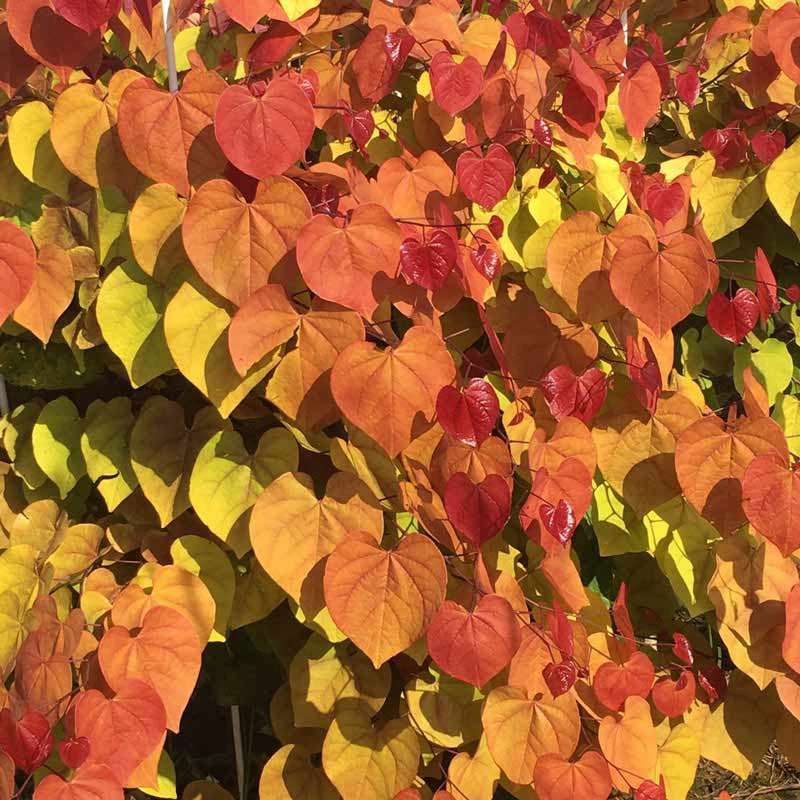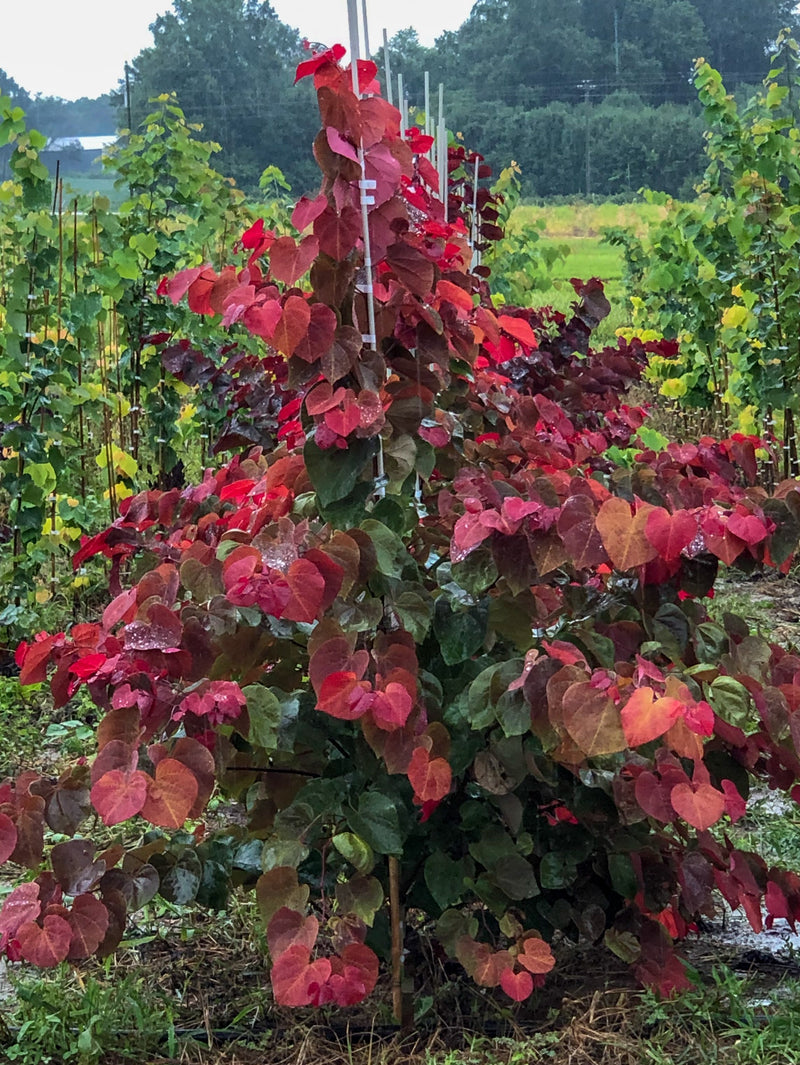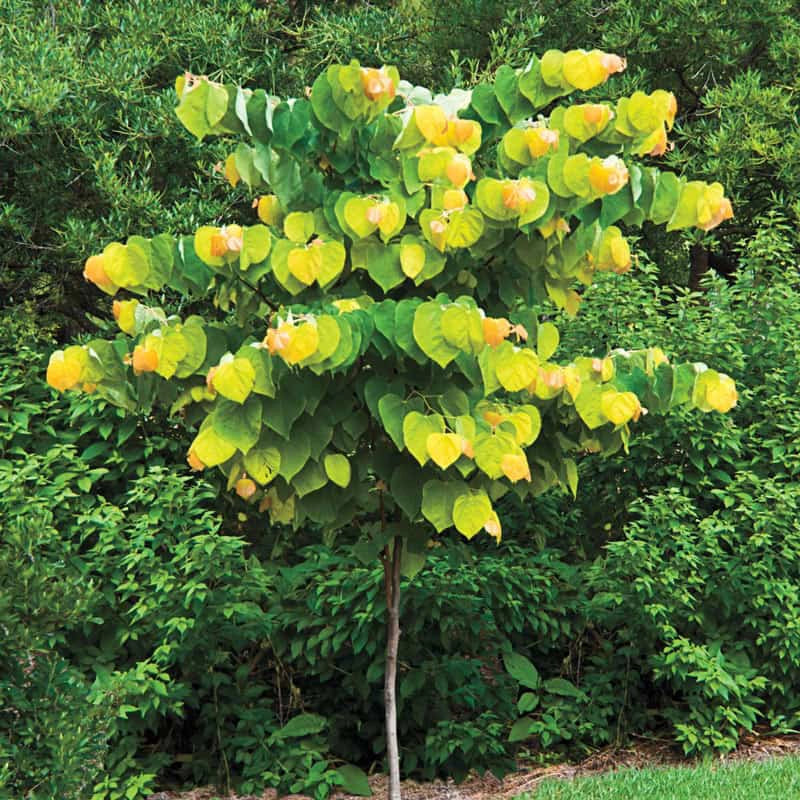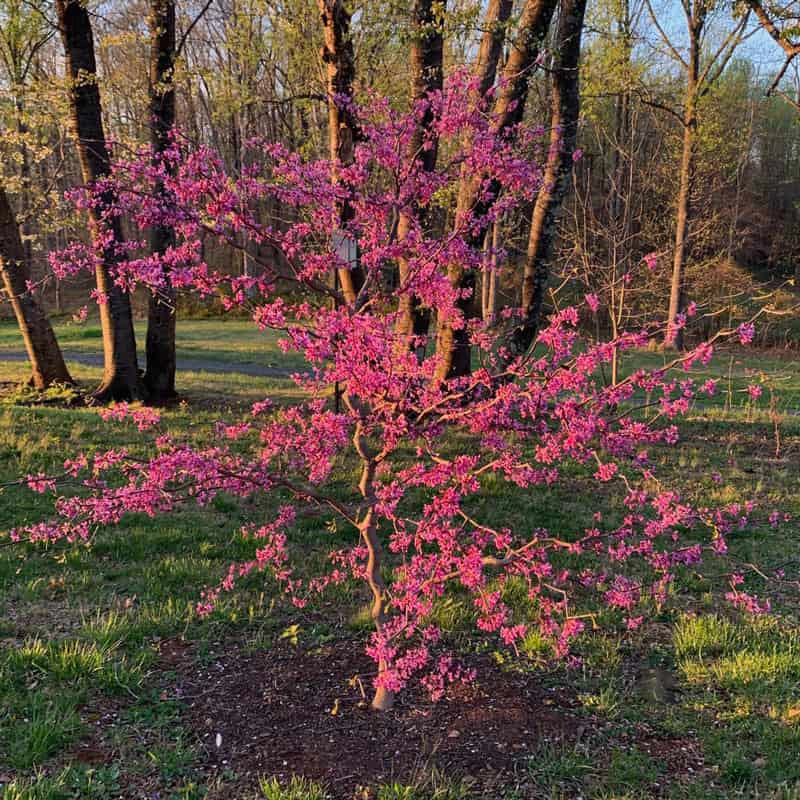7 products
-
Garden Gems™ Amethyst Redbud Tree
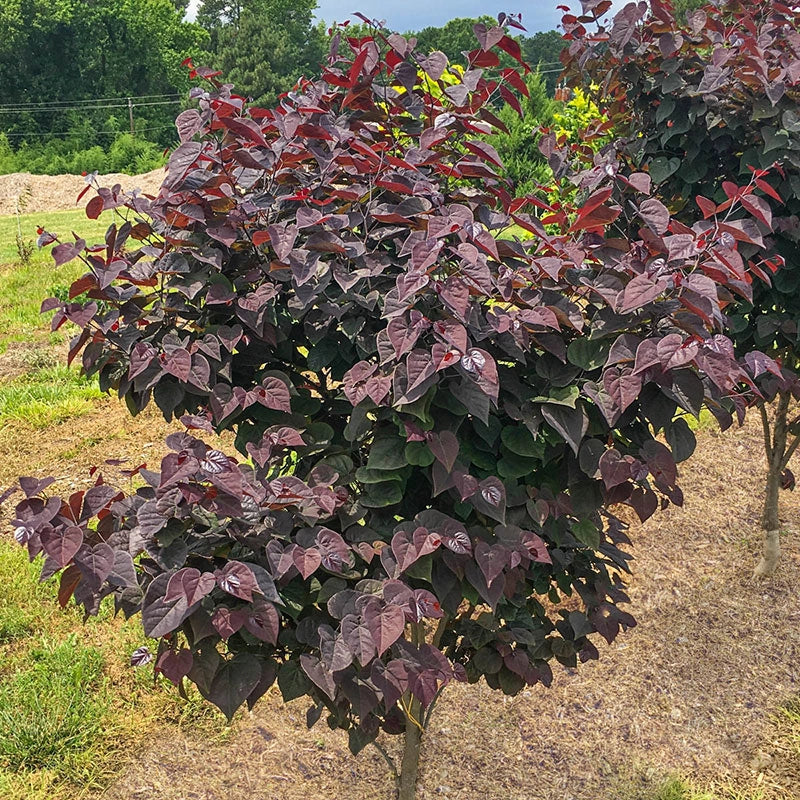 Garden Gems™ Amethyst Redbud Tree
Garden Gems™ Amethyst Redbud Tree- Regular price
-
1 for
$116.99 - Regular price
-
$129.99 - Sale price
-
1 for
$116.99
-
Lavender Twist® Weeping Redbud Tree
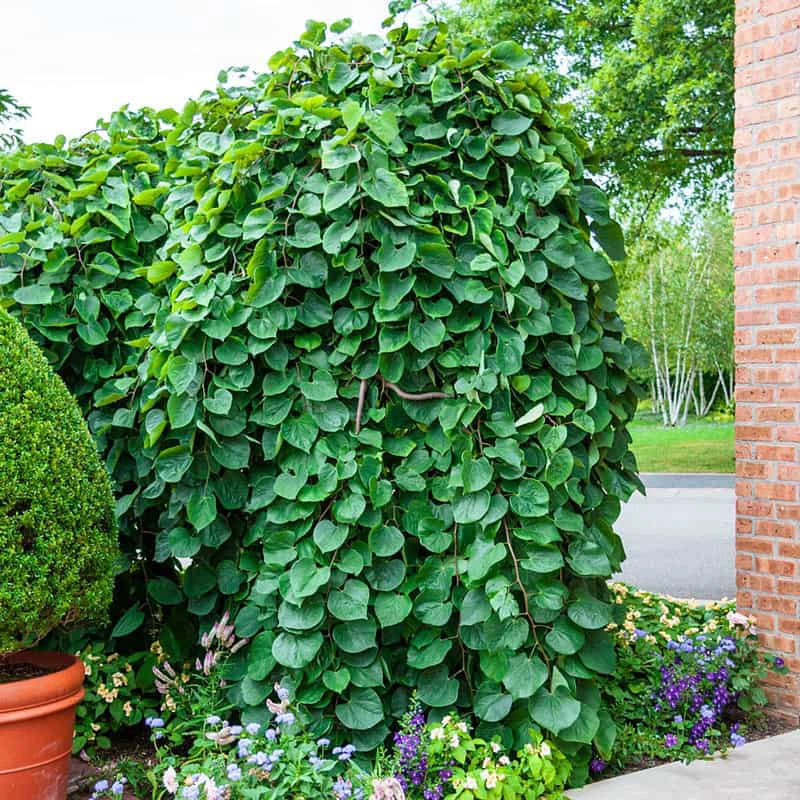 Lavender Twist® Weeping Redbud Tree
Lavender Twist® Weeping Redbud Tree- Regular price
-
1 for
$107.99 - Regular price
-
$119.99 - Sale price
-
1 for
$107.99
-
Rise 'N Shine™ Redbud Tree
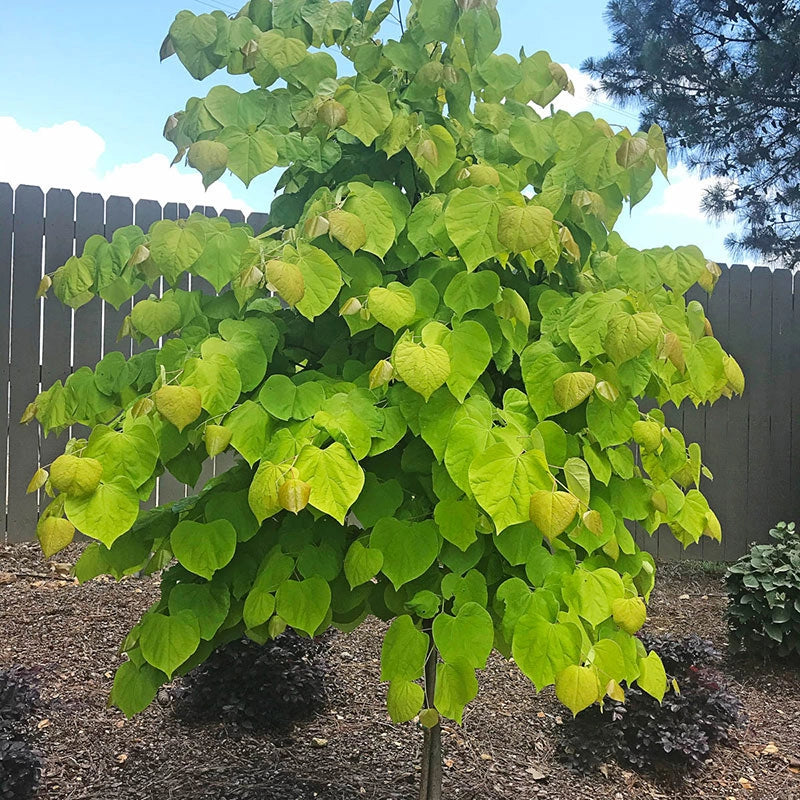 Rise 'N Shine™ Redbud Tree
Rise 'N Shine™ Redbud Tree- Regular price
-
1 for
$116.99 - Regular price
-
$129.99 - Sale price
-
1 for
$116.99
Redbud trees for sale in North America include a variety of colorful trees. Some redbuds such as Flame Thrower or Golden Falls produce foliage that turns yellow or golden during fall. Another popular variety is Lavender Twist weeping redbud tree. This ornamental redbud tree produces beautiful purple flowers along with cascades of branches that reach the ground, creating unforgettable landscapes.
What is a Redbud Tree?
The redbud tree, also known as Cercis canadensis, is considered a small ornamental tree. These deciduous trees are native to North America and typically grow up to 20 feet in height. Redbud trees have beautiful branches and grow colorful heart-shaped leaves.
Redbuds are known for their smaller size compared to other ornamental trees, this makes them a great choice to add to yards and landscapes. These beautiful trees add color and interest to any garden.
How to Plant Redbud Trees
Like any nursery stock, redbud trees require planning, care, and a suitable place for planting. Redbud trees are best planted in early spring, about a month before your area's last frost date. Trees planted in the spring tend to have a better chance of taking root than fall-planted trees, and providing the necessary watering and care to establish them is easier in the warm summer months.
Redbuds, like most ornamental trees, require well-drained soil and a sunny area that allows their canopies to receive at least six hours a day of full sun. Once you have selected the perfect spot to plant your redbud tree, dig a hole in the ground that is as deep as and at least three times the width of the tree's roots. When you place the tree's root into the hole, make sure it is level-so that you won't leave the trunk tilting to one side- back fill the hole with soil, stopping when it is about half filled to water in and let the soil settle. You can now finish filling the hole with soil and water again.
Your redbud trees will make use of good watering throughout the first season. Use a soaker hose, or water deeply twice per week in the first year.
How to Care for Redbud Trees?
Redbud trees generally require minimal care. Some mulching will help preserve the tree's moisture. To do so, place around 3 inches of mulch around the tree while making sure not to place it against the trunk of the tree.
In the fall, it is advisable to prune your redbuds, as pruning will help maintain healthy growth habits for the tree and to remove dead branches. Redbuds don't need generous pruning, and generally do not need to be shaped, but removing crossed branches and overcrowded sections can keep the tree well-ventilated and healthy.
Redbud trees might be prone to diseases such as cranker problems and tree borer insects, which can be treated with commercially available products. Keep an eye on any changes in the appearance of the tree and its texture, and make sure to get the proper diagnosis in order to treat any of these infections properly.
Redbud Tree: Frequently Asked Questions
Is a redbud a fast-growing tree?Redbuds are relatively quick-growing trees. Small ornamental redbuds, such as weeping redbud trees, will grow to their full height within just ten or so years, although staked trees typically grow only to the the height to which they are staked. Taller trees, like American redbud trees, can grow up to two feet per year. The eastern, or American, redbud can grow to a mature height of twenty to thirty feet.
What is the hardiest redbud tree?The eastern redbud tree, sometimes called the American, is a safe bet for gardeners in zones as low as Zone 4. This tree, hailing from the eastern and Midwest United States, is among the hardiest of redbud trees.
Are eastern redbud and American redbud the same?Eastern redbud and American redbud are two names for the same tree. This redbud is one of the most popular trees for sale in the United States, thanks to its excellent growth rate, strong branches, and hardiness.
Do redbuds have a scent?Redbud trees are known for their lovely flowers, often compared to those of sweet pea plants. However, unlike sweet peas, redbuds do not have a strong odor. These blooms carry a very light, crisp fragrance-and, they are actually edible.


